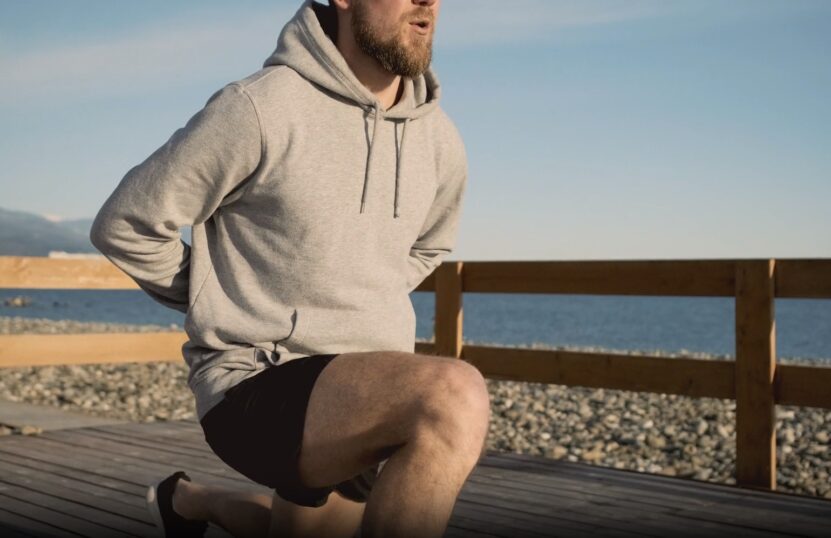Are you looking to sculpt your legs and reduce knee fat? You’re not alone.
Many people struggle with excess fat around their knees, which can be a stubborn area to tone. However, with the right exercises and dietary approach, you can achieve more defined legs.
In this comprehensive guide, we’ll explore 12 effective exercises to target knee fat, along with key dietary tips and insights into the factors influencing knee fat accumulation.
1. Forward Lunge
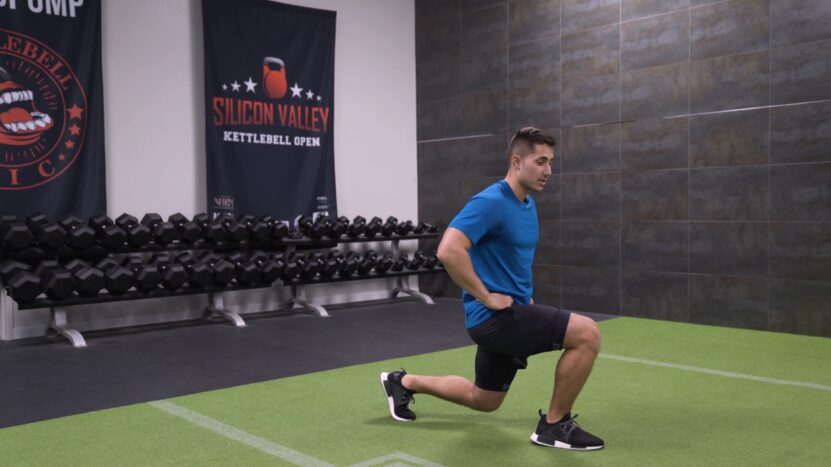
Stand with your feet hip-width apart. Step forward with one leg, lowering your hips until both knees are bent at about a 90-degree angle.
Make sure your front knee is directly above your ankle and your back knee doesn’t touch the floor. Push back up to the starting position and repeat with the other leg.
This exercise primarily targets the quadriceps (front thigh muscles) and the glutes (buttock muscles), but it also engages the hamstrings (back thigh muscles) and the calves. Forward lunges are excellent for improving balance and coordination.
2. Lunge Jump
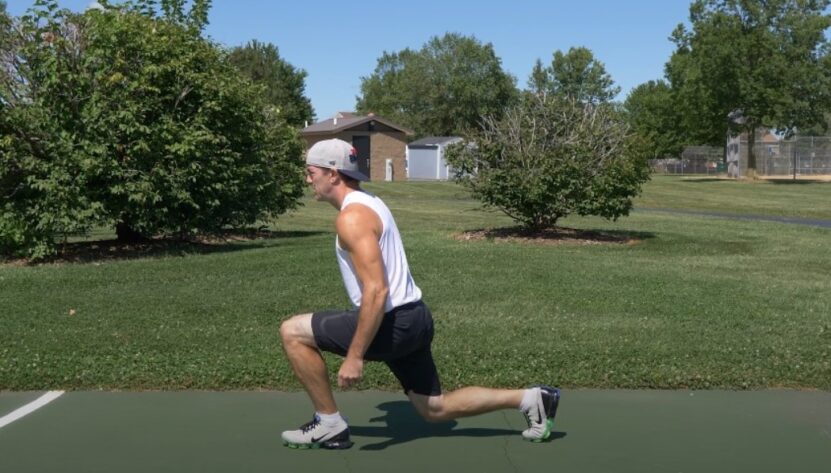
Start in a lunge position. Lower your body into a lunge and then explosively jump up, switching your leg position in mid-air, landing with the opposite leg forward.
Immediately lower into a lunge on this side and repeat the jump. This dynamic movement targets the same muscle groups as the forward lunge but with added intensity.
It also engages the core muscles for stability. Lunge jumps are a high-intensity plyometric exercise that improves cardiovascular health and muscle power.
3. Curtsy Lunge
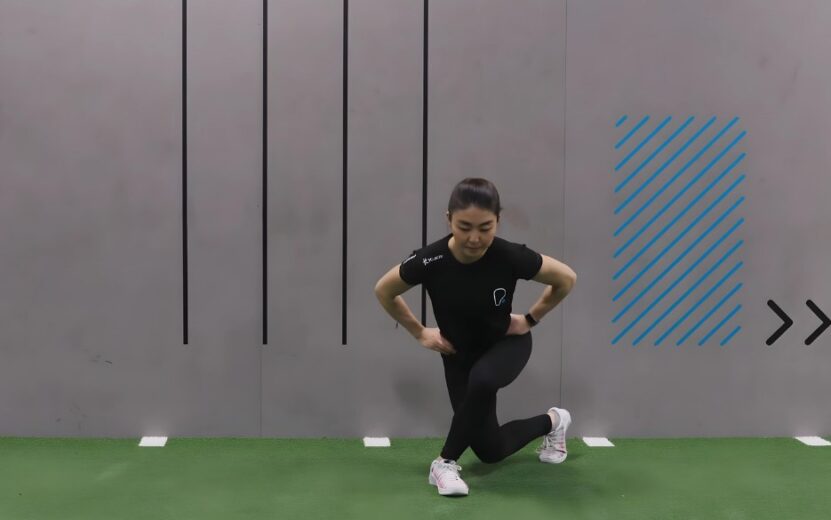
Position your feet a comfortable distance apart. Step your right leg behind your left leg, as far as you can, and gently bend your right knee towards the ground in a curtsy-like movement.
Ensure your front knee is aligned with your front ankle. Return to the starting position and repeat on the other side.
This variation targets the inner thighs (adductors) and glutes, with a focus on the gluteus medius, a key stabilizer muscle of the hip. Curtsy lunges not only help in toning the knee area but also improve hip stability and strength.
4. Classic Step-Ups
Stand in front of a bench or a sturdy elevated platform. Step up onto the platform with one foot, followed by the other, and then step back down.
Alternate the leading leg with each repetition. This exercise engages the core muscles for stability.
Classic step-ups are excellent for building strength in the legs and glutes.
5. Step-up-Down
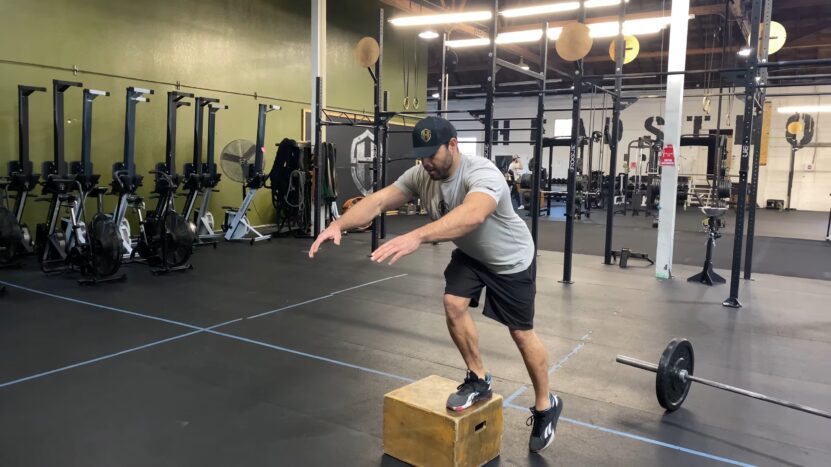
This exercise demands excellent coordination and focus, as it involves alternating legs on the step or bench. Begin by standing in front of a bench or a sturdy elevated platform.
Step up onto it with one foot, then bring the other foot up. Carefully step back down, alternating the leading leg each time.
Start this variation at a slow pace, enhancing your coordination and balance. Gradually increase your speed as you become more comfortable with the movement.
This variation not only strengthens your legs and glutes, like classic step-ups but also significantly engages your core muscles for improved stability and balance.
6. Squat with Knee-up
Begin in a standard squat position, feet shoulder-width apart. Lower into a squat, then as you rise, lift one knee towards your chest.
Return to the squat position and repeat, alternating the knee that lifts with each repetition. The knee-up movement additionally engages the core and hip flexors.
The squat with knee-up not only strengthens and tones the thighs and glutes but also improves balance and core stability. The added knee lift increases heart rate, making it a great exercise for burning calories and reducing knee fat.
7. Split Squat
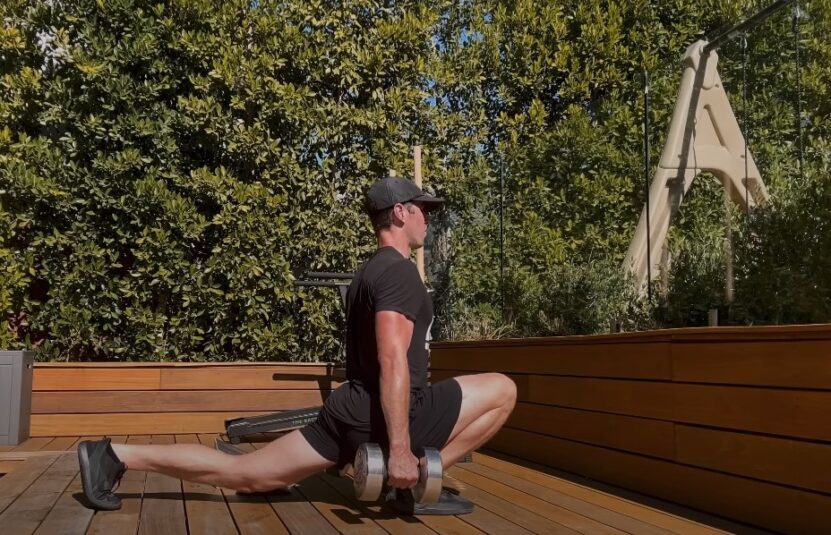
Take a lunge position by putting one foot forward and the other backward. Bend your body down until the back knee is close to the ground and the front thigh is parallel to the floor.
Push back up to the starting position and repeat. After completing a set, switch legs.
This exercise intensely works the quadriceps and hamstrings of the front leg, along with the glutes. The rear leg also gets a stretch, particularly in the hip flexors.
Split squats are excellent for building strength and endurance in the legs.
8. Side Moving Squat
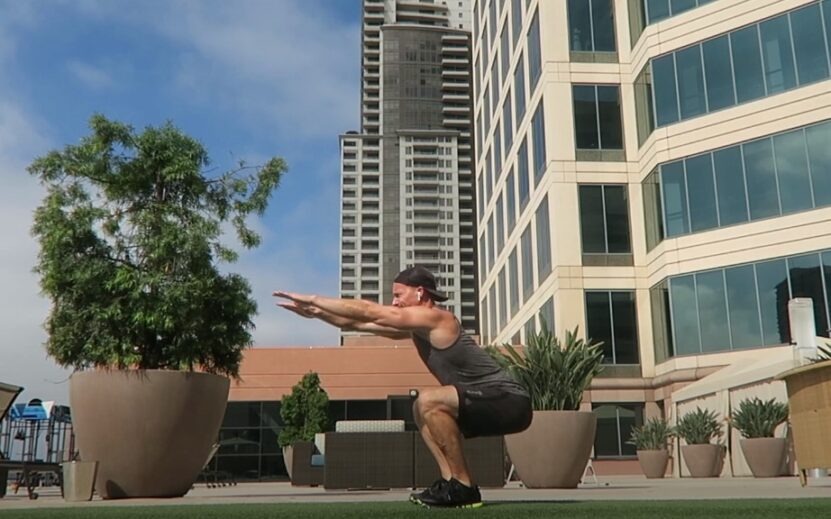
Start in a squat position. As you rise, step to the side and then lower back into a squat.
Step back to the starting position and repeat, alternating sides. This variation targets the inner and outer thighs (adductors and abductors), in addition to the quadriceps, hamstrings, and glutes.
The side-moving squat is particularly effective for working the often-neglected inner and outer thigh muscles. It enhances overall leg definition and can help in reducing fat around the knees.
9. Side Jump to Squat
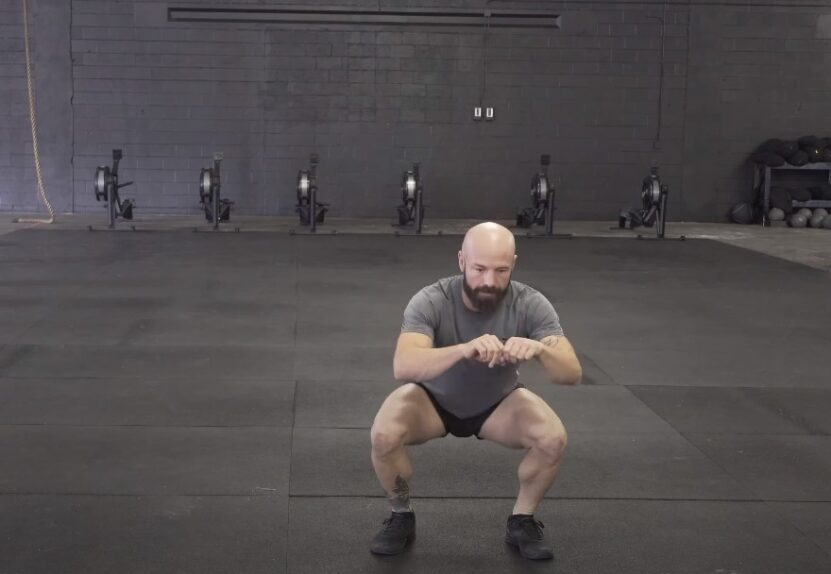
Begin in a squat position. Jump to the side and land in a squat, then immediately jump back to the other side, maintaining the squat position throughout.
The lateral leap to crouch is an activity that enhances cardiovascular endurance and lower body power.
10. Classic Jump Rope
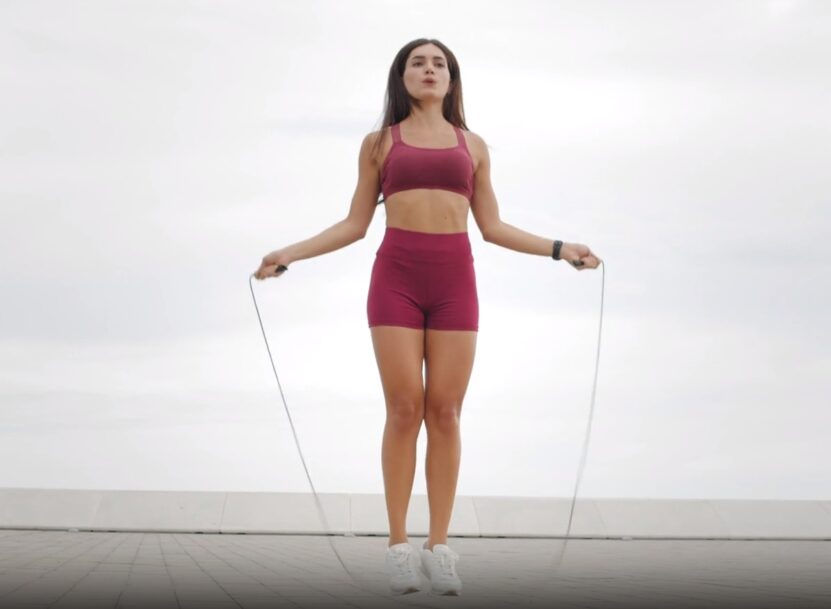
Hold the jump rope handles with your hands and swing the rope over your head, jumping over it as it passes under your feet. Maintain a steady, rhythmic pace.
This exercise engages the calves, quads, hamstrings, and glutes. It also works the arms and shoulders.
Classic jump roping is an excellent way to burn calories and reduce overall body fat. It’s particularly effective for targeting fat behind the knees and improving cardiovascular health.
11. Jump Rope Ali Shuffle
While jump roping, alternate your feet in a back-and-forth, shuffling motion, similar to the movement popularized by boxer Muhammad Ali. This variation targets the calves more intensely and engages the core for stability.
The Ali Shuffle adds a fun and challenging twist to your jump rope routine. It improves coordination and footwork.
12. One-leg Hop
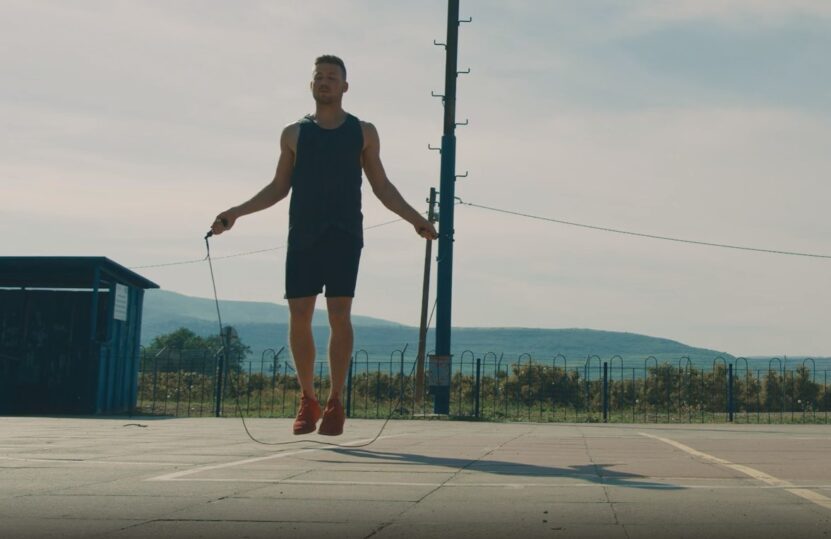
Jump rope while hopping on one leg. Continue for several jumps before switching to the other leg.
This exercise intensely works the calf and thigh muscles of the active leg, along with engaging the core for balance. The one-leg hop is excellent for building unilateral strength and balance.
Role of Diet
The question of whether diet changes can lead to specific fat loss around the knees is a common one. While it’s important to understand that spot reduction – losing fat in one targeted area – is largely a myth, dietary changes can indeed play a significant role in overall fat loss, which includes the knees.
Caloric Deficit
The fundamental principle of fat loss is consuming fewer calories than you burn. This caloric deficit forces your body to use stored fat for energy, leading to overall fat reduction.
Balanced Nutrition
A diet rich in lean proteins, whole grains, fruits, vegetables, and healthy fats ensures that your body gets the necessary nutrients to function optimally. This balanced approach not only supports weight loss but also aids in muscle recovery and growth, which is crucial when engaging in exercises targeting knee fat.
Hydration
Drinking plenty of water is essential for overall health and can aid in weight loss. Sometimes, what we perceive as hunger is dehydration. Staying well-hydrated can also improve exercise performance and recovery.
FAQ
Can specific exercises eliminate knee fat?
While targeted exercises can significantly tone and strengthen the muscles around the knee, they cannot eliminate fat in that specific area alone. Fat loss generally occurs uniformly throughout the body, depending on overall body fat percentage and genetics.
How often should I perform these exercises for optimal results?
For the best results, aim to incorporate these exercises into your routine 3-4 times a week. It’s important to allow your muscles time to recover between workouts to prevent overtraining and injury.
Is it necessary to use weights for these exercises?
Using weights can increase the intensity of the exercises and potentially speed up results. However, it’s not necessary to use weights, especially for beginners. Bodyweight exercises can be highly effective on their own.
Can these exercises help with knee pain or knee problems?
Strengthening the muscles around the knee can help in reducing knee pain and preventing knee problems. However, if you have existing knee issues, it’s important to consult with a healthcare professional before starting any new exercise regimen.
How long does it typically take to see results from these exercises?
Results can vary depending on factors like your starting point, workout intensity, and diet. Generally, you might start to see changes in muscle tone and strength within 4-6 weeks of consistent exercise.
How to moderate calorie deficit to eliminate knee fat?
Maintaining a moderate calorie deficit can give your fat-burning efforts a nudge in the right direction. This doesn’t mean starving yourself! Simply track your calorie intake and adjust it slightly to be lower than your calorie expenditure. Talk to a registered dietitian or nutritionist for personalized guidance.
Final Words
Sculpting your legs and reducing knee fat is a goal many people work towards, and it can be accomplished with the right approach. This comprehensive guide offers 12 effective exercises that focus on different parts of your lower body, specifically around the knee area.
From the dynamic forward lunge to the classic jump rope, these exercises not only help tone and strengthen your legs but also improve balance and cardiovascular health. Remember, combining these workouts with a nutritious diet and consistent routine is crucial for achieving desired outcomes.
If you use exercise equipment, make sure to keep your knees safe.

